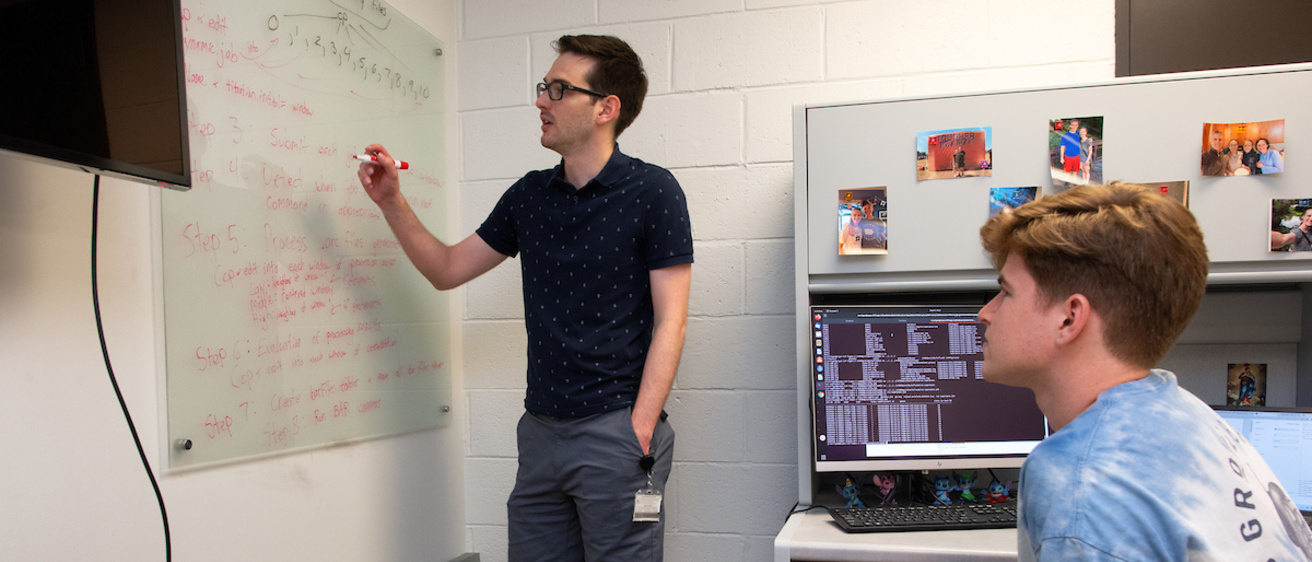Our lab is focused on molecular biophysics theory and high performance computational algorithms that are needed to reduce the time and cost of engineering drugs and organic biomaterials. A complementary goal is to help open the door to personalized medicine by developing tools to map genetic information onto molecular phenotypes.
1. Next Generation Macromolecular X-ray Crystallography X-ray crystallography is a critical experimental method used by biochemists to determine the structure and function of the biomolecular foundations of medicine. We have recently demonstrated that the chemical information contained in a polarizable force field called AMOBEA significantly improves DNA and protein structures compared to X-ray refinements done with previous generation theory. We are now working to model experimental X-ray diffraction data as an ensemble using Bayesian inference.
2. Prediction of the Structure, Thermodynamics and Solubility of Drug Tablets Important unsolved problems for the engineering of organic biomaterials include prediction of their structure, thermodynamic stability and solubility from first principles. Solubility is the saturating concentration of a molecule within a liquid solvent, where the physical process consists of solvated molecules in equilibrium with their solid phase. We have developed the first consistent procedure for the prediction of the structure, thermodynamic stability, and solubility of organic crystals using molecular dynamics simulations. Currently the methodology is being extended to predict the properties for a range of organic crystals, including both pharmaceuticals and peptide models of neurological aggregation diseases.
3. Personalized Medicine: From Genome Sequencing to Molecular Phenotypes Since 2001, the cost to sequence a patient’s genome has fallen from $100 million to approximately $1,000. The rapid achievement of affordable genetic information is outpacing our ability to fully capitalize on opportunities to provide personalized healthcare. To help address this challenge, we are collaborating with The University of Iowa Center for Bioinformatics and Computational Biology to develop tools that tightly couple bioinformatics to the computational prediction of biomolecular structure, thermodynamics and kinetics.
4. Biomolecular Electrostatics and High-Performance Computing Application such as X-ray crystallography refinement, biomaterials thermodynamics and personalized medicine depend on an accurate, efficient description of molecular energetics. Our lab contributes a parallelized molecular biophysics computer code called Force Field X that includes novel biomolecular electrostatics algorithms such as particle-mesh Ewald with support for space group symmetry and the generalized Kirkwood implicit solvent model.
